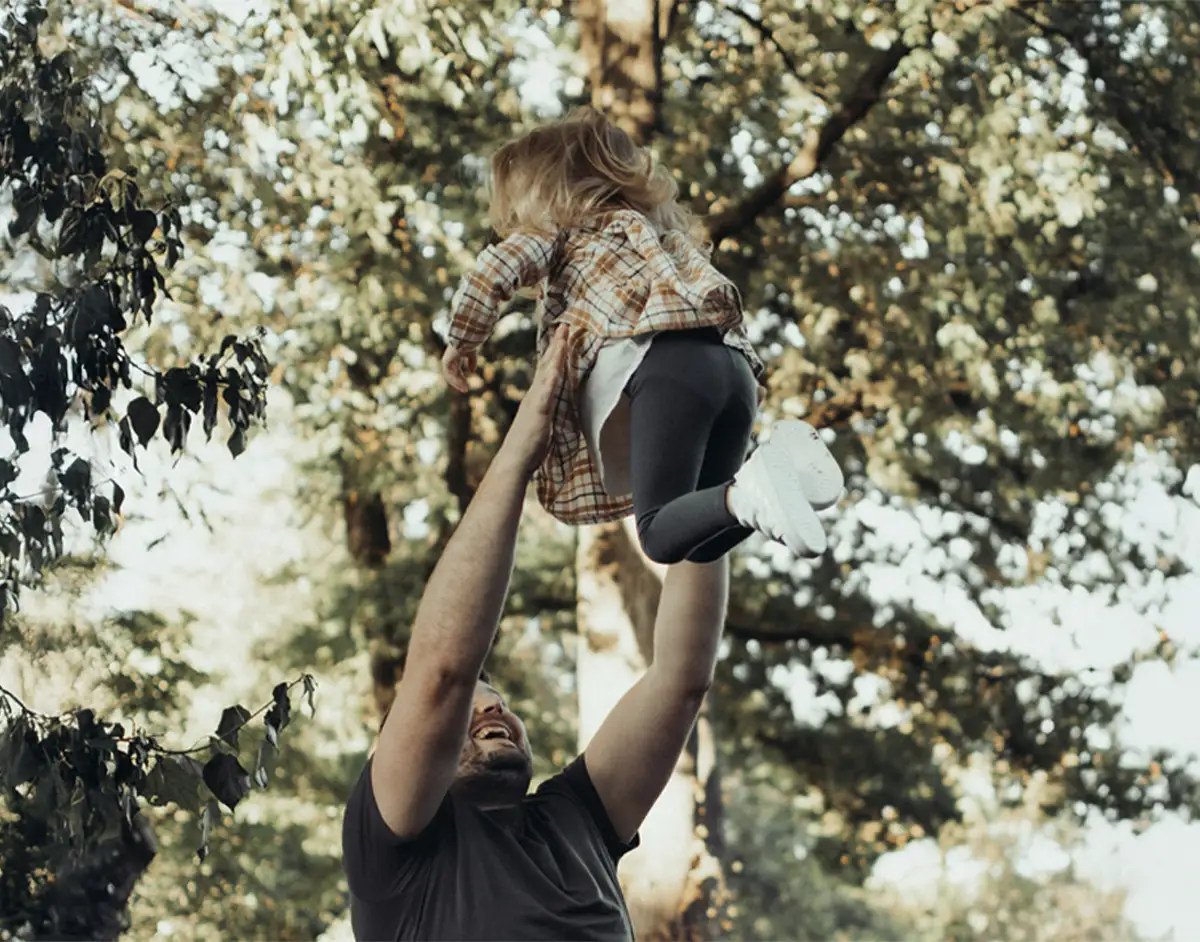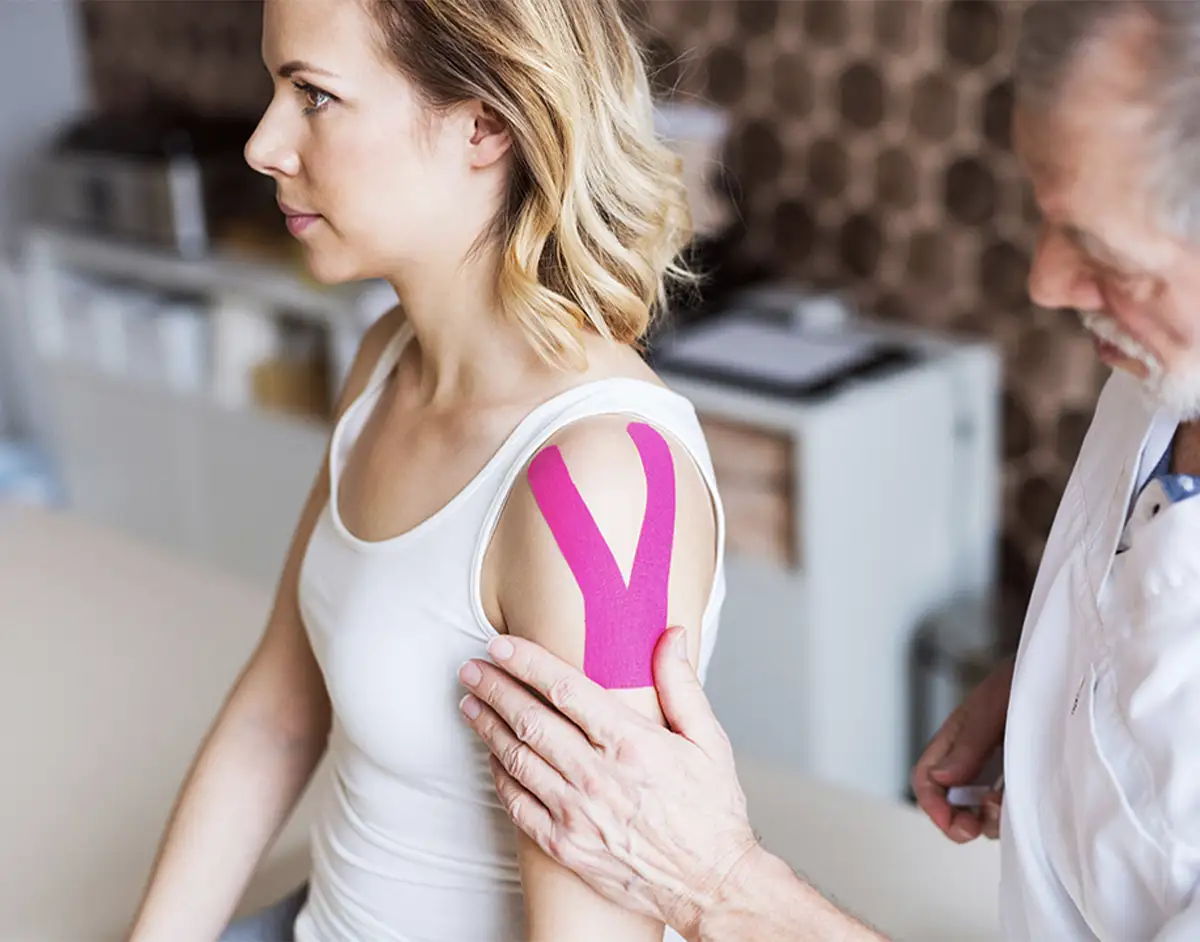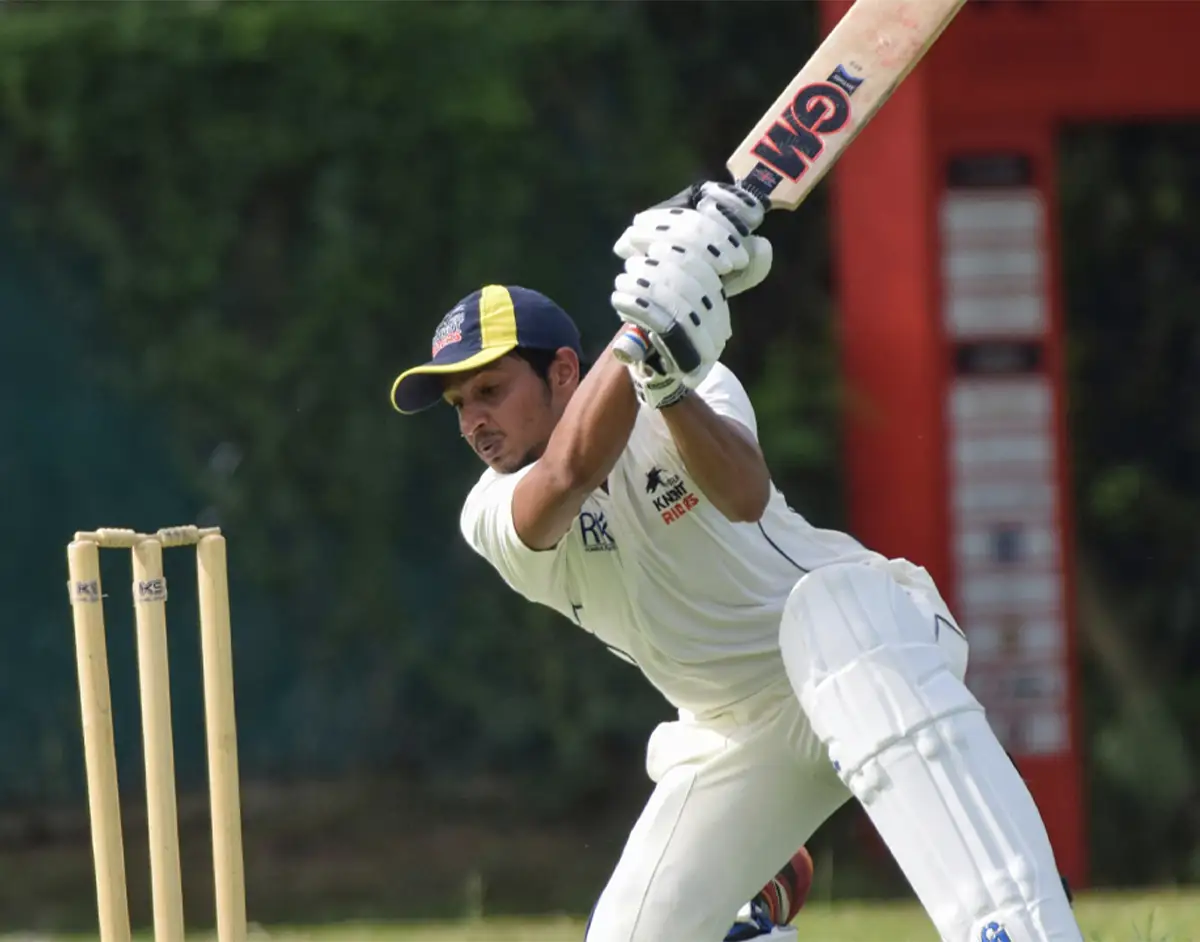Shoulder instability / dislocations
The shoulder has the greatest range of motion of any joint in the body. However, this leaves it particularly prone to dislocation and instability. When the head of the upper arm bone (humerus) is forced out of the shoulder socket (glenoid), either as a result of laxity or injury, this is referred to as dislocation. Having dislocated once, the shoulder is more vulnerable to further dislocation.
This is called recurrent shoulder instability. Repeated dislocations can cause injury to the bones, ligaments, tendons and muscles around the shoulder. Males in their teens and twenties who are physically active tend to be at highest risk of shoulder dislocation.
QUICK LINKS
What causes a dislocated shoulder?
A shoulder dislocation can be partial (referred to as subluxation), which means the ball of the upper arm bone has come partially out of the socket, or total, which means the ball has come all of the way out of the socket.
Among the causes of shoulder dislocation and instability are:
- A severe injury or trauma forcing the head of the upper arm out of the socket. This may damage the ligaments at the front of the shoulder and cartilage around the rim of the socket, and can be the result of a heavy blow to your shoulder or a fall.
- Repetitive overhead movements that can stretch the shoulder ligaments. These may be job-related, such as a painter and decorator or carpenter, or sports-related, such as in tennis or baseball.
- A genetic predisposition to looser ligaments can result in shoulder instability for a small number of patients.
Dislocated shoulder / shoulder instability
If your shoulder is dislocated you may experience:
- Intense pain
- A visibly deformed shoulder
- Swelling and bruising
- Inability to move your shoulder or hand
- Muscle spasms
- Numbness or weakness in the muscles of your neck, arm or hand
If you suspect a dislocated shoulder you should not move the joint or try and force it back into place as you may cause further damage. Apply ice to control pain and swelling and seek immediate medical help.
A dislocated shoulder may cause tearing to muscles, ligaments and tendons as well as nerve and blood vessel damage.
If you have chronic shoulder instability you are likely to experience:
- Repeated shoulder dislocations
- A persistent feeling of your shoulder being loose or slipping in and out of the joint
- Pain and weakness in the shoulder
Your consultant will carry out a physical examination to check for swelling and deformity of your shoulder. An X-ray will show the dislocation and highlight any broken bones or joint damage. After the shoulder has been put back into joint you may also be given an MRI scan to identify injuries to ligaments and tendons.
A dislocated shoulder is an orthopaedic emergency. The longer the joint is dislocated the more risk there is of injuring the bones, ligaments, nerves and blood vessels when the shoulder is put back in joint.
You should seek emergency medical attention. Most shoulder dislocations can be put back into joint in the accident and emergency department with a combination of good pain relief, muscle relaxation and sedation. Sometimes the joint is very painful despite this and the shoulder is then very difficult to reduce, such that a general anaesthetic in the operating theatre may be needed.
After the shoulder joint is put back your pain will reduce and you will only require simple painkillers and a sling for 1-2 weeks for comfort. You will then be sent for physiotherapy to help regain the movement and strength of your shoulder and may require further investigations if you develop any instability symptoms.
A range of non-surgical and surgical treatments are available to relieve the symptoms of shoulder instability.
Non-surgical treatments include:
- Lifestyle changes – it is advisable to avoid activities that aggravate your symptoms
- Physiotherapy – a physiotherapist will be able to recommend a programme of exercises to strengthen your shoulder muscles which can help to improve stability
- Anti-inflammatory medication – this can help to reduce swelling and relieve pain
Shoulder stabilisation surgery may be performed in two ways:
- Arthroscopic shoulder stabilisation surgery – This is a keyhole surgical procedure using an arthroscope, which is a tube-like instrument with a camera at one end. Small incisions are made in the shoulder and the arthroscope is inserted so the orthopaedic surgeon can see inside the shoulder joint. Saline is passed into the shoulder to provide a clearer view and any damaged tissues and ligaments are repaired using small surgical instruments. The incisions are closed with sutures. This procedure will help prevent ongoing symptoms of instability and further dislocations. You will need to wear a sling while the shoulder heals.
- Open surgery – In some cases keyhole surgery may not be possible, in which case a larger incision will be made in your shoulder and repairs will be made using open surgery techniques. Your consultant will discuss this with you in more detail at consultation.










